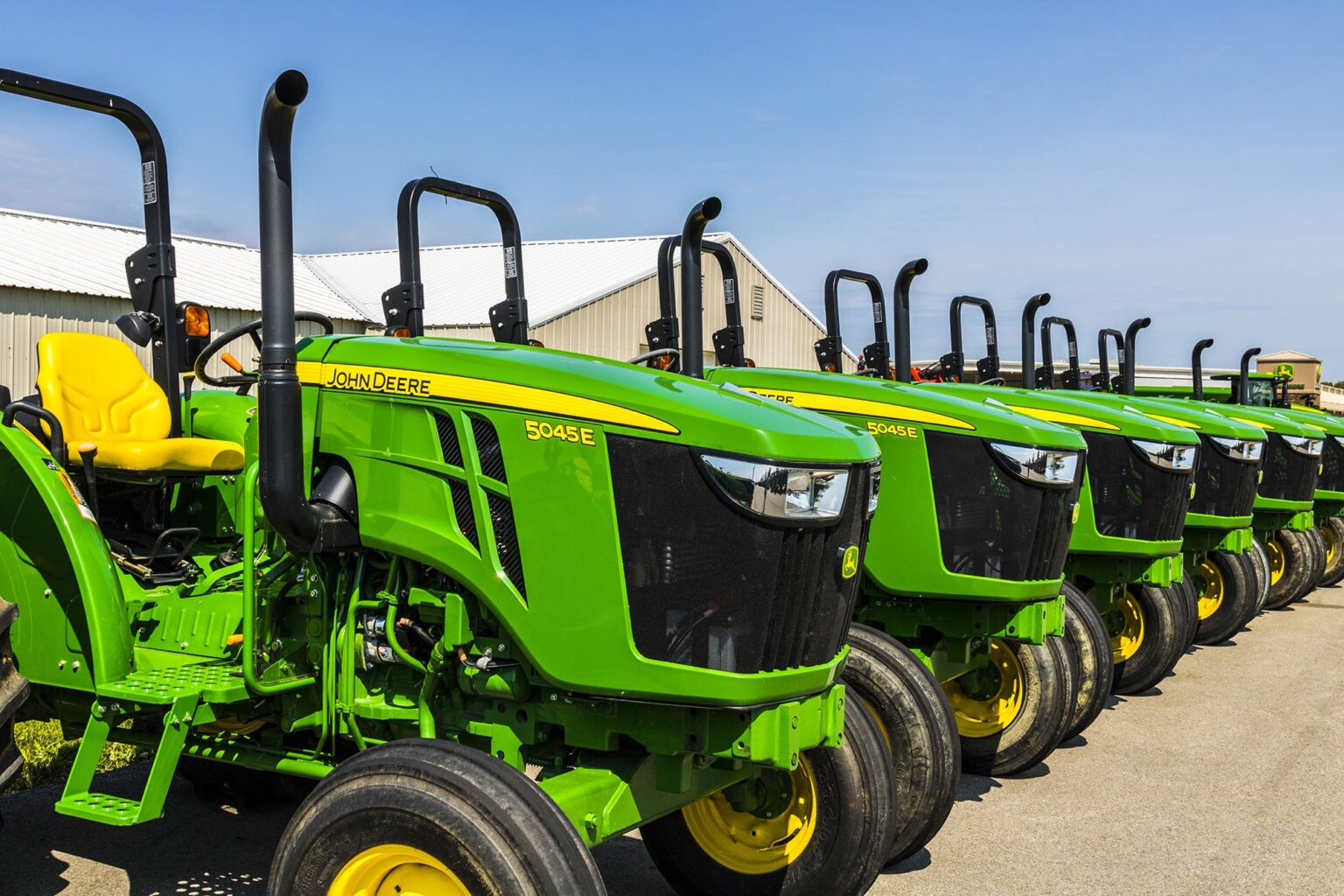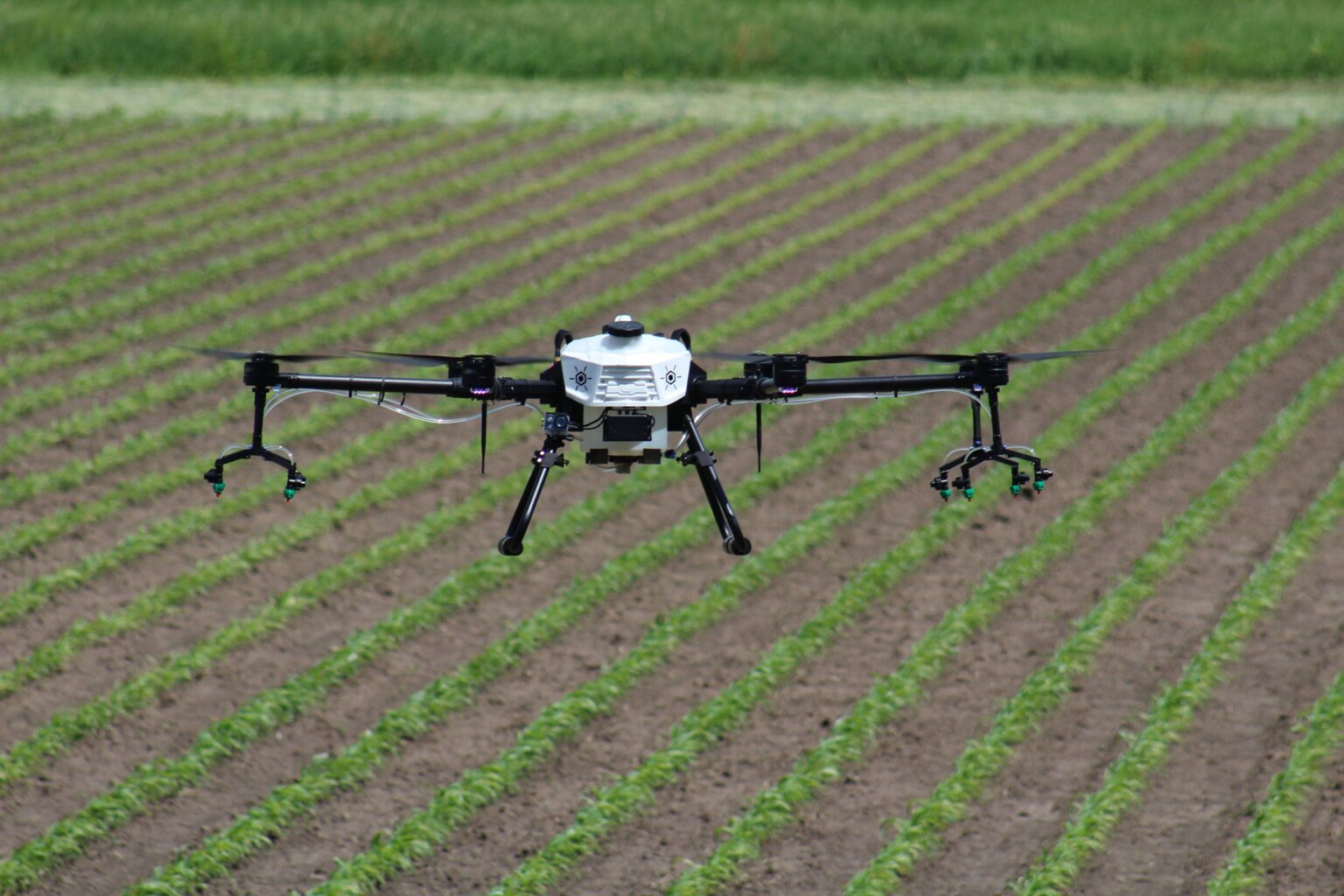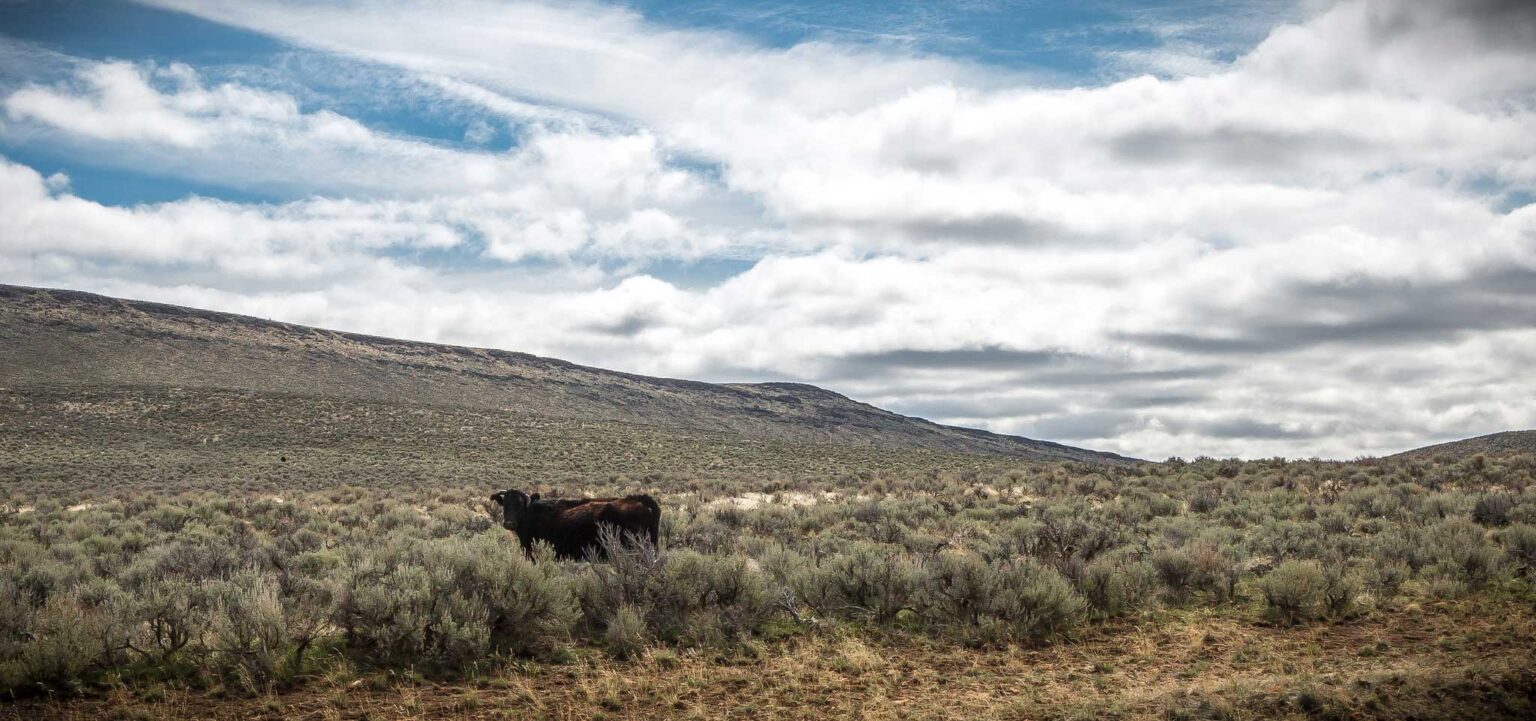Subscribe to Updates
Get the latest agriculture news and updates directly to your inbox.
Author: staff
At the market close, March corn was up 4¼¢ at $4.48 per bushel. January soybeans were down 6½¢ at $10.87¼ per bushel. “Less positioning was seen ahead of this month’s data as the December release only updates demand, not production,” said Karl Setzer, partner with Consus Ag Consulting. “Ending stocks were forecast to be little changed this month as well, both domestically and globally. Trade showed interest in the White House’s Bridge payment announcement but is waiting for more details.” March CBOT wheat was down ¼¢ at $5.34½¢ per bushel. March Kansas City wheat was up ½¢ at $5.27 per…
A former John Deere Foundation vice president has filed a federal lawsuit alleging gender-based pay discrimination and retaliation by Deere & Company and a senior leader, according to local reporting and federal court records. The plaintiff, Laura Eberlin, worked at Deere for about 24 years and held the role of John Deere Foundation vice president, according to the complaint and other media coverage. The suit was filed in the U.S. District Court for the Central District of Illinois and names Deere & Company and Mara Downing as defendants. Downing describes herself as the vice president for Global Brand Management and…
By Cassandra Stephenson and Sam Stockard The U.S. Department of Agriculture announced Monday that $12 billion will be available for one-time “bridge” payments to farmers who experienced trade market disruptions and increased production costs during the 2025 crop year. The relief comes as Tennessee farmers are projected to lose $450 million this year, Gov. Bill Lee said during the Tennessee Farm Bureau’s annual meeting in Franklin on Tuesday. Up to $11 billion in federal funding will be used for the Farmer Bridge Assistance program, which will provide relief payments to farmers who produce specific row crops, including soybeans, corn, cotton,…
What Happened Soybean futures are currently trading at a level where bullish and bearish traders have strong arguments. After nearly a $1.50 price recovery since bottoming this fall, and a trade deal with China, all attention is on the weather in South America. This past week, chart formations indicated a “head-and-shoulders” pattern, which could point to downward price potential. Additionally, when prices began to rally, a gap was left on the charts. “Gap theory” suggests that prices will eventually get to a point where they target and fill a gap. A gap on a chart is left when a price…
This story was produced in partnership with ArtDesk, published by the Kirkpatrick Foundation. The Kirkpatrick Foundation is also a donor to Investigate Midwest. Oklahoma lawmakers have passed measures limiting foreign ownership of farmland in response to concerns about Chinese nationals and companies buying agricultural land in the state. While approximately 4.3 percent of Oklahoma farmland is foreign-owned, according to the U.S. Department of Agriculture’s most recent filings, most of that is held by Canadian and European companies for renewable energy projects. Less than 1 percent of that share is Chinese. Still, anti-China rhetoric has largely driven legislation, and a recent poll…
American Agri-Women has awarded its 2025 Rising Star Award to Vikkie Becker of Alexander, Illinois, during the organization’s National Convention. The Rising Star Award recognizes emerging leaders whose early contributions demonstrate strong potential for continued impact within AAW through leadership, service, and advocacy on behalf of agriculture. Becker, newly installed as AAW’s Vice President of Communications, has expanded her involvement with the organization since graduating in 2024 from AAW’s Road to Influence program. She became increasingly active during her time in RTI and now serves as a mentor for the program, helping encourage and support the next class of developing…
Just after 9:00 a.m. CT, March corn was up 1½¢ at $4.45¼ per bushel. January soybeans were down 3¼¢ at $10.90½ per bushel. “Grains are currently favoring the upside and soybeans are under light pressure as we see final positioning for [Tuesday’s] WASDE update. No major changes are expected to balance sheets as only demand will be updated this month,” said Karl Setzer, partner with Consus Ag Consulting. “No significant changes are expected to the global side of the report either. Once this data is released trade focus will quickly revert to exports and South American weather for fundamental news.”…
A new national study reveals some bullish baseline trends regarding how American farmers are approaching agricultural drone technology and related equipment as an emerging cornerstone of crop production. The research, titled Farmer Perceptions of Agricultural Drones, surveyed full-time, large-scale row crop farmers across the U.S., highlighting both the adoption drivers and resistance points for producers. “Farmers told us that drones or drone services are becoming a core piece of their operational infrastructure,” said Cam Camfield, CEO of Stratovation Group, which conducted the survey. “This research separates the real-life field-level signals from the industry hype. It spotlights what’s actually accelerating or…
Today sustainability and environmental impact is more than just a trend. And many people who are looking for ways to reduce their impact on the environment focus on their diet. If you Google “sustainable diets,” you will frequently be told that, at the very least, you need to drastically reduce your intake of animal products. The United Nations itself recommends moving toward a plant-based diet to support sustainability. But there’s a lot more to sustainability than it might seem, and if your goal is to support sustainability, you can absolutely do that and still eat meat and other animal products.…
Image by Nokwan007, Shutterstock Top Third Ag Marketing, a division of StoneX Financial Services Inc., helps farmers become better agricultural marketers with the goal of marketing crops in the top third of prices. Mark Gold and his team provide AGDAILY.com with the latest information and a look ahead in their audio commentary. Listen to Mark Gold’s Weekly Grain Comments here! https://www.agdaily.com/wp-content/uploads/2025/12/top-third-agdaily-2025-12-08.mp3


:max_bytes(150000):strip_icc()/Markets-7-Corn-up-soybeans-down-3-8a19ee3772234e24930af71711d04827.jpeg)

:max_bytes(150000):strip_icc()/IMG_2890-1536x1152-3e525ec1627340a18d71eca413e6e1d6.jpg)



:max_bytes(150000):strip_icc()/28413combineunloadingsoybeans_soybeans-b44cae9865ea442e80599d59f4d88991.jpg)




